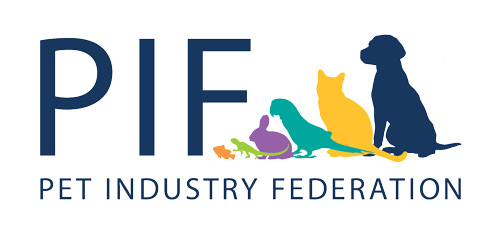World of Water Blackpool
Opening Hours
Monday to Saturday:
9am-5.30pm
Sunday:
10.30am-4.30pm
Closed: Easter Sunday, Christmas and Boxing Day
Address:
Preston New Road
Nr Kirkham
Blackpool
Lancashire PR4 3PH
Telephone: 01772 684129
Departments:
Water Garden Department
Tropical Department
Reptile Department
Pet Department
Camping Department
Fishing Department
World of Water Blackpool was opened in 2005 as a destination superstore. Being part of the UK’s Leading Aquatic Superstores we have a complete range of water gardening, aquarium products and livestock.
Over the years we have developed the 11 acre site to include not only aquatics and water gardening but pets, reptiles, tents, camping and fishing tackle.
Within the tropical department we carry a wide selection of community, oddballs fish including tetras, discus, livebearers, catfish and barbs. We also have an extensive range of fancy goldfish, live tropical plants, aquariums, décor, filters, heaters and food.
Our water gardening section has all you would need to develop any dream aquatic project into reality. Along with our self-contained water features we have pools, liners, pumps, filters, food, plants, goldfish and koi carp.

On site we have a comprehensive pet department “Pets World”. It contains rabbits, guinea pigs, hamsters and birds as well as the related hutches, cages, bedding, food and accessories. Within this department we have our purpose built reptile accommodation which houses a wide variety of snakes, arachnids, lizards, turtles, tortoises, invertebrates and molluscs.
We are proud to a members of the Pet Industry Federation
Camping Zone
In 2009 we opened our Camping area named Camping Zone with over 4500 square feet of display tents enabling you to view, at first-hand, the tent of your choice. With tents ranging from 2 person festival tents to 10 person family tents, we should have something to suit everyone. We also stock all the necessary furniture, sleeping bags and accessories which you will need to make your holiday a comfortable one.
Camping Zone is well located for Preston, Blackpool. Visitors will find a great camping superstore with tent displays and all the latest camping equipment including Duke of Edinburgh Award Scheme from major brands such as Vango, Outwell, Coleman, Outdoor Revolution, Blue Diamond, Easy Camp, Camping Gaz and Highlander all at great prices.
When you have bought your tent, your holiday would not be complete without your home comforts. So we have available:
- camping cookers, pots & pans for camping stoves, kettles, crockery, cutlery, camping tables & chairs, lighting & torches, air beds & mats, gas canisters, water carriers, sleeping bags, tent carpets, rucksacks etc.
Open 7 days a week, there is plenty of free parking and a coffee shop on site.
We offer a delivery service for any larger purchases.
Check Out Local Fishing at: www.wyresidelakes.co.uk
Pet Shop Licence Number: AWL0005

 British Pounds
British Pounds
